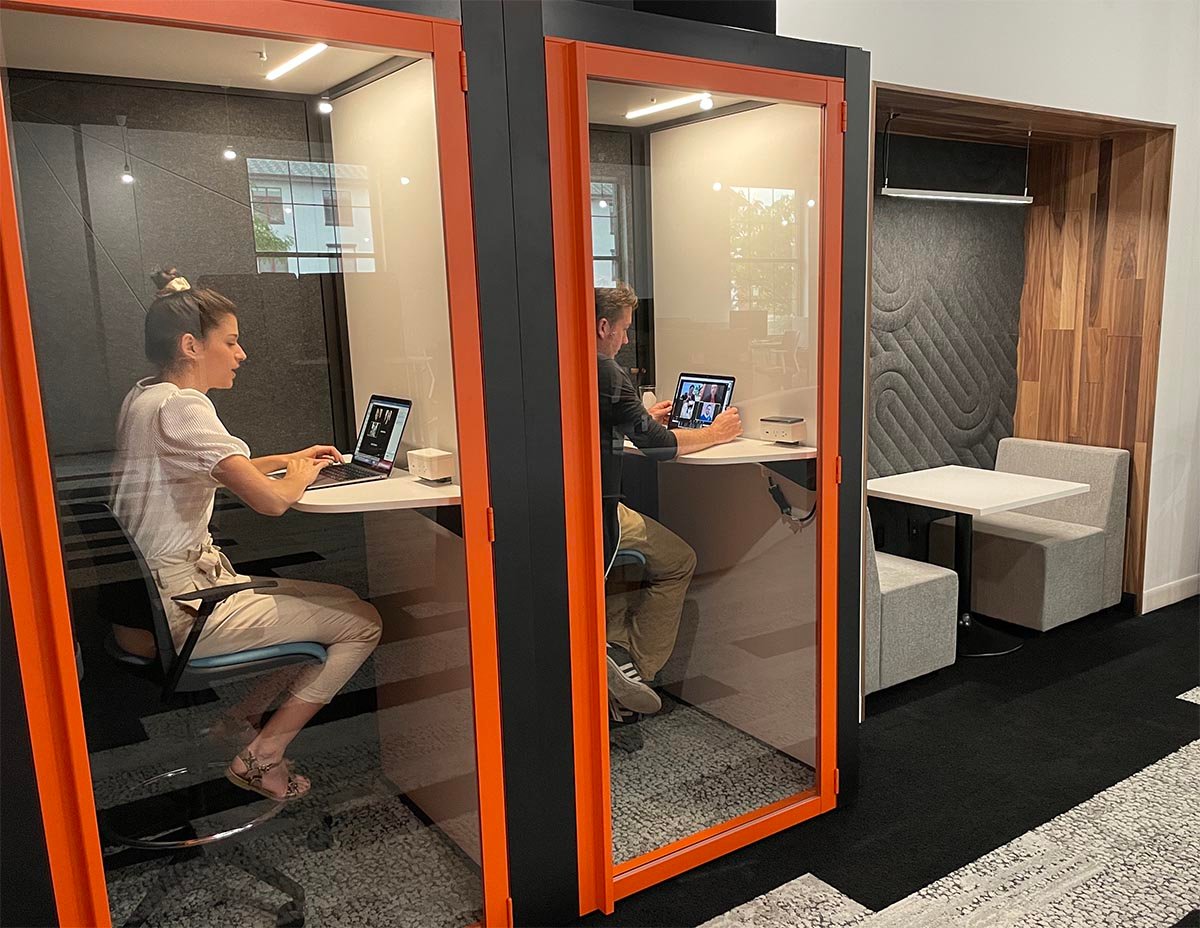Is the Apple Watch the Future of Interactive Technology?
Bill Casey CEO & Partner#CMS, #Industry Insights, #Design, #Responsive Design

The Apple Watch is the latest device that everyone is excited about, but how will it change the way we interact with sites, apps, and each other?
At its event on September 9, 2014, Apple finally announced its entry into the wearable technology field, the Apple Watch. This highly anticipated device has been the subject of conjecture for quite a while with some pretty far-out predictions of what this device would actually be. Thankfully, and much to Apple’s credit, they appear to have stayed true to their basic philosophy of creating an excellent user experience ahead of gimmicks and poorly thought out functionality. While many of the technical details about what this device will actually do are still a bit fuzzy, there are some fundamental questions that can now be answered. We can also begin to see how Apple may, as expected, define the wearables industry, just as they defined the smartphone and digital music industries.
What can you do on a 1.7 inch screen?
A whole lot, it turns out… But one thing Apple does not seem to be pushing is viewing a website on the Apple Watch. As a web design agency, we’re required to stay on top of all of the different screen sizes users are adopting to access the Web. Responsive Web Design (RWD) handles the vast majority of issues by adapting the display of the web page to match the size of the screen. But a 1.7 inch screen presents a whole new set of challenges that RWD just isn’t equipped to handle.
True to their devotion to user experience, Apple seems to have answered this question by stating the obvious: You can’t view a website on a watch. A look at the apps shown during the initial demos reveals the absence of a Safari app, which is the standard web browser on every other Apple device from the iPhone on up. Apple seems to have no intention of expecting users to try to view a website on such a small screen - it would simply be a bad experience.
However, designers should not overlook the future impact a device like the Apple Watch (as well as several other competing products already on the market) may have on their work. As with any new technology introduced to the public, the initial expectations of user behavior and functionality will surely be exceeded once the innovators of the world put their heads together and begin to wonder what else can be done with this thing. Traditional web pages as we know them today may not be a part of the equation, but delivering small and useful bits of content to users is what the Apple Watch is all about. This will invariably bleed into how web designers make content available to users and make us rethink what a website is and how it should be built. Rather than creating destinations for people to visit, what we think of as the Web may need to altered to include a more personal, always connected source of content and information relevant to you.
Will this catch on?
It’s impossible this early, when no one actually owns an Apple Watch, to determine if it will be “the next big thing". But it is my belief that wearable technology, whether it’s Apple’s version or something else, is destined to have a major impact on society. Like it or not, we are already connected to our devices. Its only natural that our devices will be connected to us.
Today, people want (or are addicted to) constant connection with their social networks and access to any bit of information that is relevant to them at any moment. Yes, we have become a needy, information-obsessed, always-connected generation. Is it that much of a stretch to see the obvious attraction to access to information literally connected to you at all times? In barely more than a decade since the advent of smartphones, we have become so accustomed to constant connection that the thought of missing a phone call or text, or, God forbid, leaving the house without your smartphone, creates strong feelings of anxiety. We experience phantom vibration syndrome, the false belief that our smartphone is vibrating in our pocket, causing us to continually check to see if somebody is trying to reach us. A wearable device like the Apple Watch relieves us from the discomfort of these uncertainties by placing the connection literally at arms length with constant physical and visual contact. To some people, this is a nightmare. To many others, its a dream come true.
Alas, the Apple Watch is not yet ready for prime time and won’t be released until “early 2015”. Like millions of others, I will patiently await my chance to purchase the latest and greatest from Cupertino, CA. I don’t know for sure if I’ll still be wearing an Apple Watch, or any smart watch, after a couple of years, but I’m willing to try it out. The progressions of technology requires early adopters to test the waters for the masses. I’m excited to dive in.
Related Posts

The Future of Work at Diagram
We're excited to announce the opening of our new headquarters located in downtown Naperville, IL.

Why You Need an SEO Content Audit in your Migration Plan
Diagram's Allison Casey spills all her insider SEO tips on migrating your content the right way.
Results Matter.
We design creative digital solutions that grow your business, strengthen your brand and engage your audience. Our team blends creativity with insights, analytics and technology to deliver beauty, function, accessibility and most of all, ROI. Do you have a project you want to discuss?
Like what you read?
Subscribe to our blog "Diagram Views" for the latest trends in web design, inbound marketing and mobile strategy.
